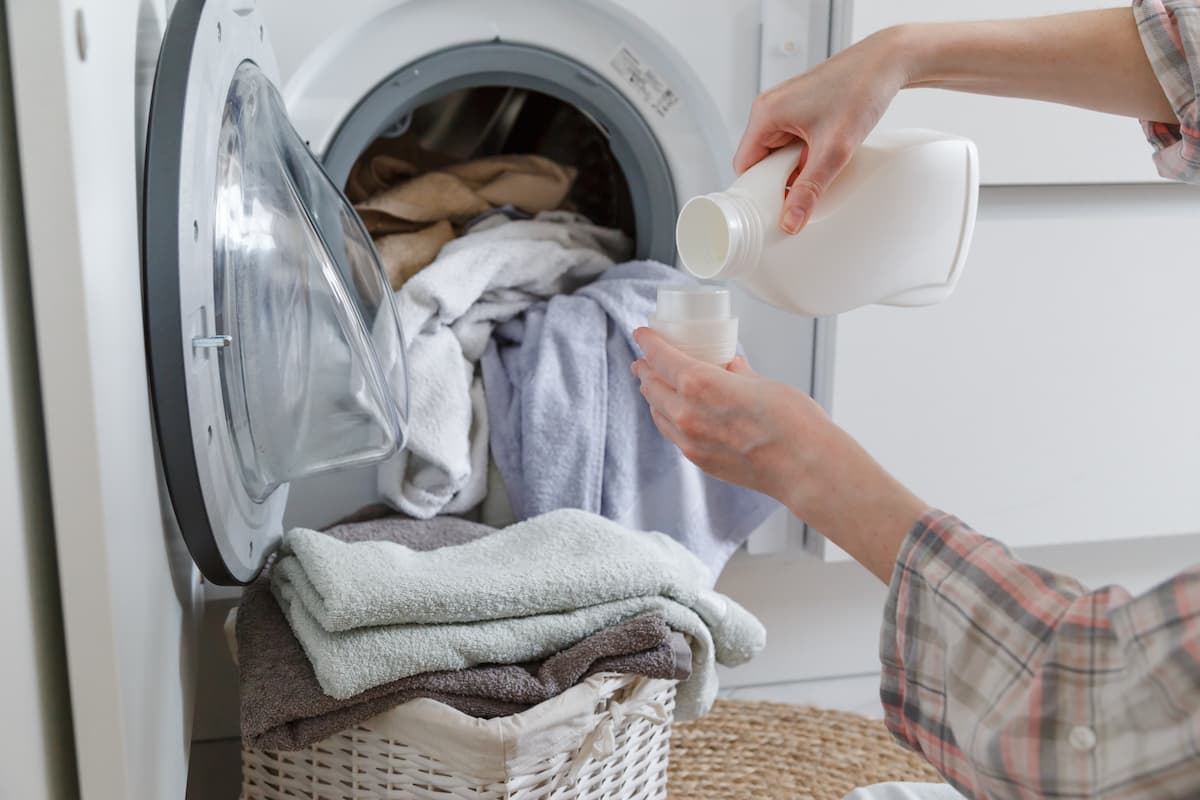Your Roomba makes your life much easier, saving you time and effort and requiring very little attention. However, have you ever wondered how a Roomba could perform its tasks without any supervision? How can the robot know when to stop?
Roombas know when to stop because they use mapping technology to determine when the whole area has been cleaned. Moreover, they have sensors that will stop the Roomba if the battery is low or the dustbin is full. Once the bin is emptied, and the battery is charged, it will start where it left off.
If you want to know more, stick around! You’ll find out more about the technology that makes Roombas so smart.

How Does Roomba Know When To Stop?
Roombas know when to stop because of their sensors and mapping technology.
Most Roombas have VSLAM technology that allows them to create a map of your floors. This way, they know when the whole floor is clean. Moreover, sensors tell them where to stop if the battery is low or the dustbin is full.
Mapping Technology
The Vision Simultaneous Localization Mapping technology enables Roombas to accurately map your house. Using cameras and sensors, your Roomba creates a map and improves it every time it cleans your floor.
While working, your Roomba uses this map to keep track of areas that have already been cleaned and other areas that need cleaning. Once the Roomba has covered the whole map, it will stop and go back to the charging base.
Battery Sensors
If the battery goes below a certain level, the Roomba can’t continue cleaning. Earlier models would stop working wherever they were, but more recent Roombas have sensors that alert them before the battery goes below critical levels, which makes them go back to the charging base.
Once the Roomba is fully charged, it will pick up where it left off. Using the mapping technology, it will finish cleaning all the areas it couldn’t get to before and then return to its base once again.
When the Roomba runs out of battery, it will start flashing an orange light. If you want to know what each of the various light patterns on a Roomba means, check out my article on the topic.
Dustbin Sensors
Understandably, a Roomba can’t keep cleaning if there’s nowhere for the dust and other particles to go in. So, when the dustbin is full, your Roomba is alerted and stops working immediately. The bin indicator will blink, and you’ll need to empty the dustbin before the Roomba returns to work.
How Do I Make Roomba Learn a New Room?
To make your Roomba learn a new room, pick it up, put it in the new room, and then press clean. The robot will automatically map the new room and include it in the house map for future reference.
Alternatively, you can follow these steps:
- Find the cleaning map on the iRobot map.
- Select Add Clean Zone.
- Locate where the new room is supposed to be.
The Roomba should include it in the cleaning map next time you turn it on.
Will Roomba Stop Mapping on Its Own?
Modern Roombas use Smart Maps, a technology that allows the Roomba to learn the layout of your house so that it can clean more efficiently and, as I explained above, stop once it’s covered the whole area. The robot can learn different layouts and remember them.
Moreover, using Smart Maps, your Roomba will keep mapping your house every time it’s working to improve previous layouts. However, this can lead to errors in the mapping updates. Some users have even reported that their Roombas have added extra rooms or walls during a run.
Your Roomba won’t stop mapping on its own as long as you have Smart Maps activated. To disable it, go to the Mapping Features options under the Accounts section on your app. If you want the Roomba to stop updating the maps, choose to clean rooms separately instead of running a Clean All cycle.
How Long Does Roomba Last?
Roombas are very useful and practical, but they’re also relatively expensive. If you’re thinking of getting one, you’ll want it to live long enough to justify the price.
On average, a Roomba can last 3-6 years, but some can last as little as 2 or as long as 15 years. To help them last longer, you should replace their batteries, clean them frequently, and replace parts if needed. If maintenance becomes too costly, it’s better to buy a new Roomba.
Here’s what you can do to keep your Roomba in good shape for as long as possible:
- Clean the brush and the filter after every use.
- Empty the dustbin after every use.
- Keep pets away from the robot.
- Clean the charging base.
- Replace any damaged or faulty parts.
- Replace the battery yearly or even more often if you use it more frequently.
Will a Roomba Clean My Room Before the Battery Runs Out?
A Roomba will clean your room before the battery runs out. The Roomba battery can last about an hour on average, which is enough to cover about 1000 sq feet (93 sq m). This is enough to cover most average-sized rooms in one cycle. It will take the Roomba 2-3 hours to recharge.
If the battery is in good condition and your room is average-sized, your Roomba’s battery isn’t likely to run out while cleaning. If it does run out, it will go back to the charging base. Once the battery is full, it will start automatically cleaning where it left off.
Check out this video from YouTube of a Roomba.
Conclusions
Roombas are smart robot vacuums that can recognize the area they cover thanks to mapping technology. This allows them to stop cleaning and go back to their base. They also stop when their battery is low or the dustbin is full.
Your Roomba can last for a long time if you make an effort to maintain it. If it’s in good health, it can clean your room in one cycle without needing to recharge.





